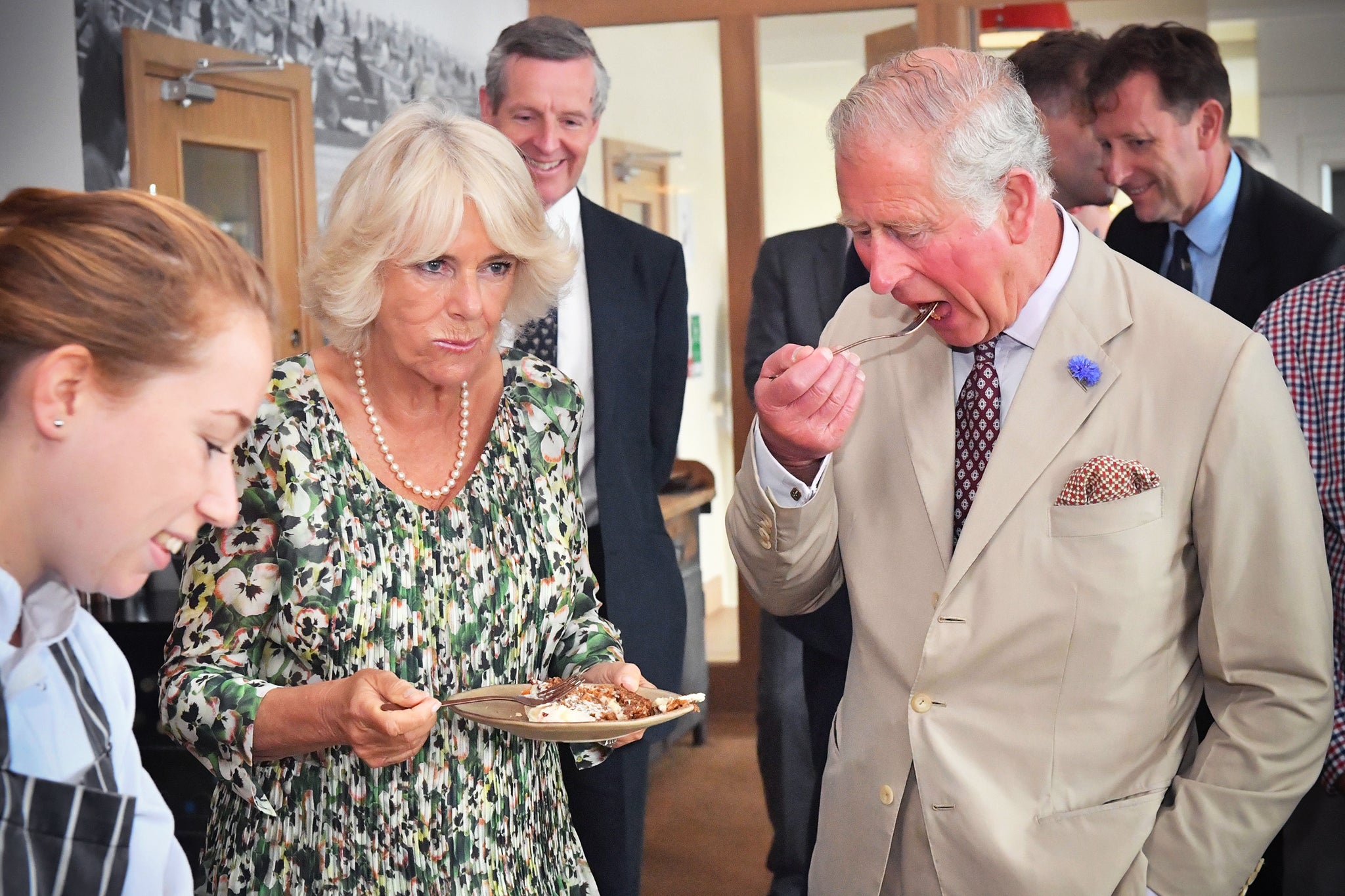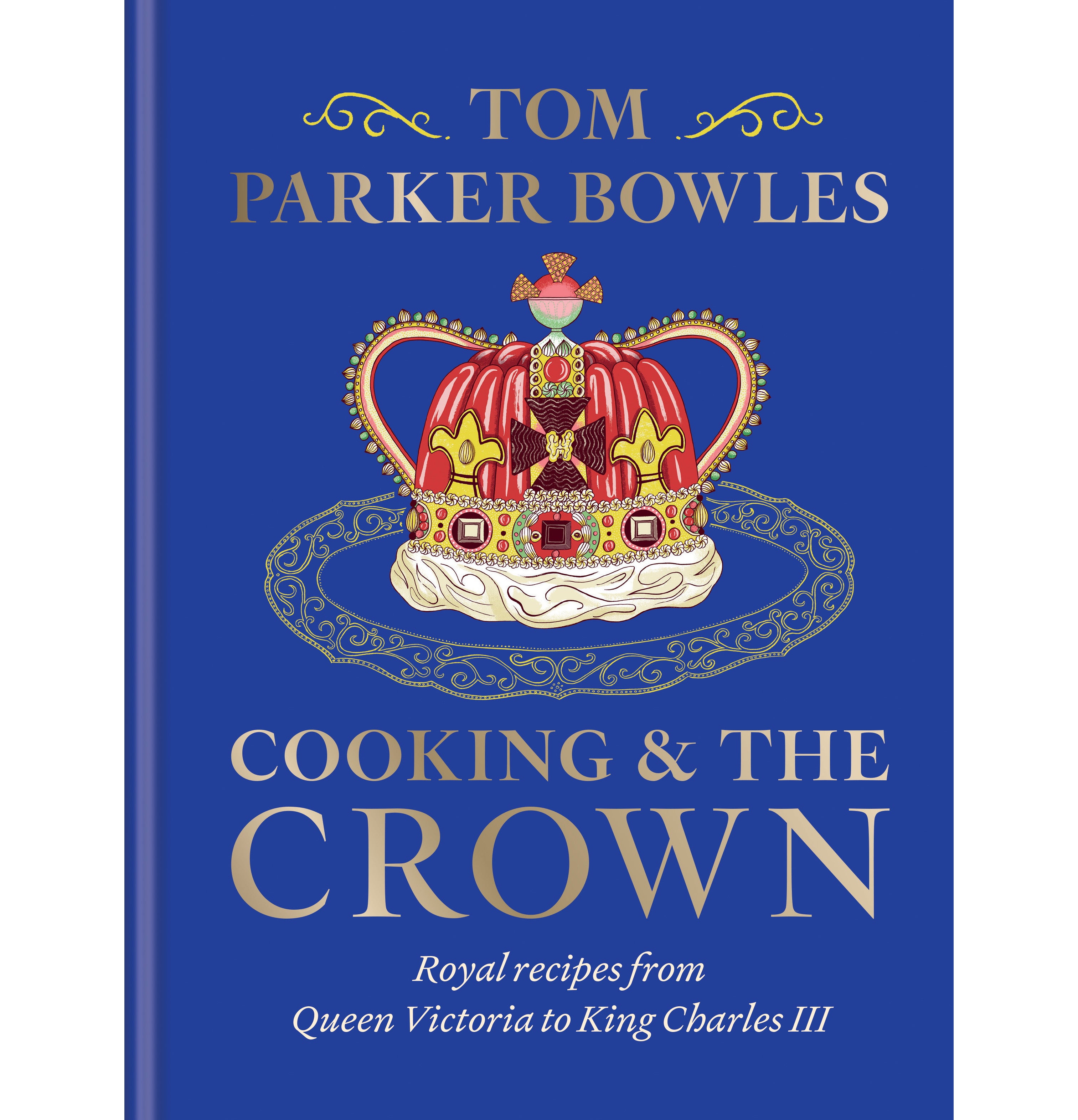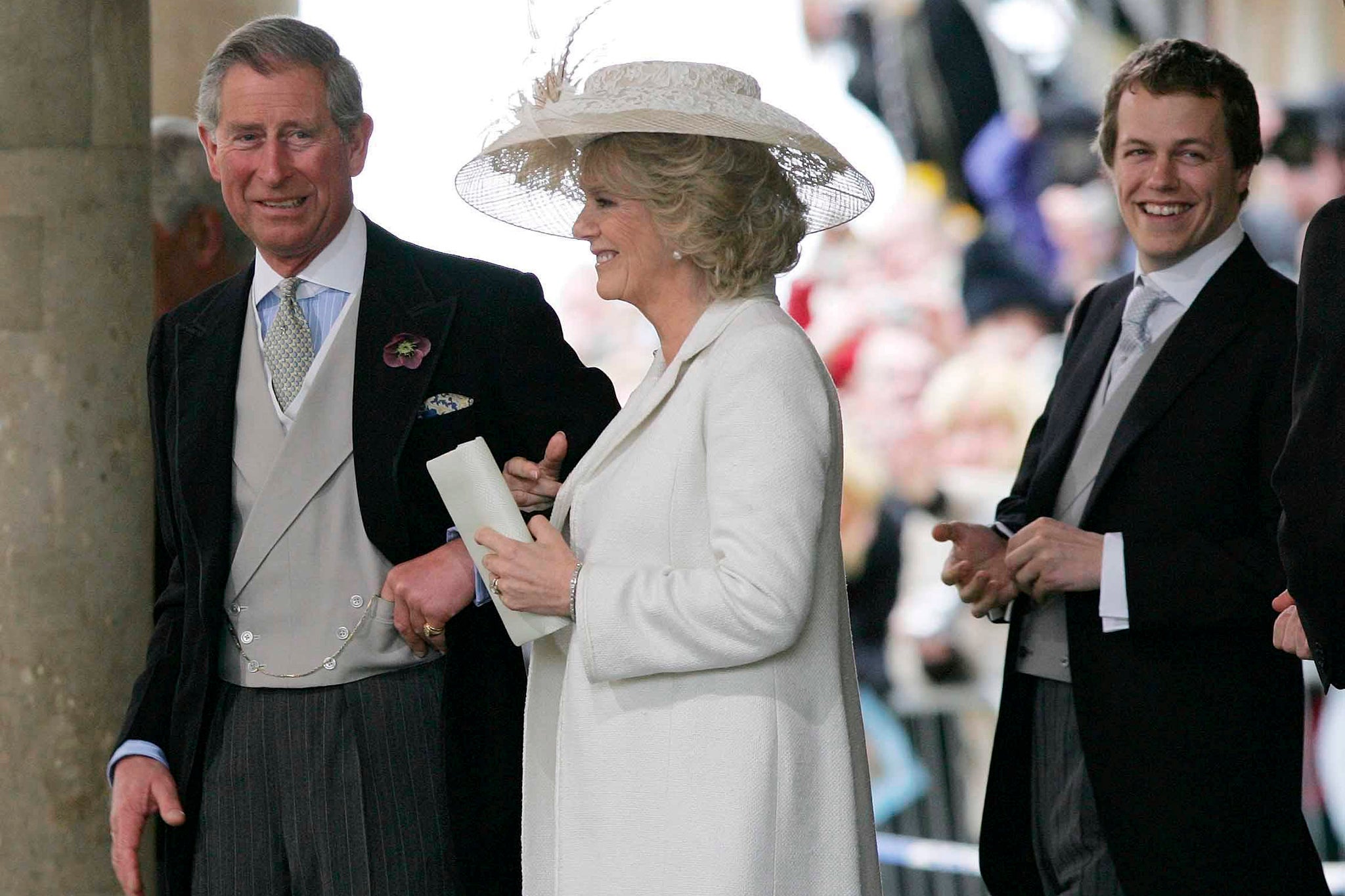Tom Parker Bowles on how the royals eat: The King’s zero-waste rule, Camilla’s fancy foraging and their surprising breakfast habits
As he releases his new book, ‘Cooking and the Crown’, Tom Parker Bowles reflects on the royal family’s evolving food traditions and his mother's hands-on approach in the kitchen

The Queen’s son, Tom Parker Bowles, has given an insight into meal times in the royal household, saying: “The King appalls waste.”
The 49-year-old food critic and writer, and the eldest child of Queen Camilla, revealed: “There is no waste, everything is recycled, everything is used from the table.
“If anything is leftover from the dinner, that will be made into something else or appear the next day. Nothing’s allowed to be thrown out.”
The King has long been a champion of sustainability – The Coronation Food Project coordinated by his charitable fund launched last year, aiming to reduce food waste and support people living in “food insecurity”.
“It’s not the King just paying lip service, he practices what he preaches.” says Parker Bowles.
As stepson and godson, he says food sustainability is a subject he “can relate to” Charles on. “He really is a food hero. To talk to him about the strange varieties of plums or pears or anything else is endlessly fascinating.”
The Palace announced that Charles was diagnosed with an undisclosed form of cancer in February, but Parker Bowles confirmed his “doctor says the treatment is going well” and shared that Camilla was coping – “She’s tough, my mother.”
His latest cookbook, Cooking and the Crown, details the history of food within the royal family – from the reign of Queen Victoria beginning in 1837 and Edward VII at the turn of the century, to Charles and Camilla.
“They can certainly eat that family!” says Parker Bowles – who regularly appears as a critic on BBC One’s MasterChef. “In the old days, they were the very pinnacle of society and what was known about them, I suppose, was pretty controlled. So it wasn’t just what they ate [that the public were fascinated by], it was what they wore, who they saw, what they read. If the King and Queen were doing this, it meant it was something perhaps worth doing.”

Lunch and dinner, in Queen Victoria’s time, would be 10 to 12 courses, he says. “They didn’t have to eat it all but there was just a huge amount of food and they did eat a lot more than we do now.”
Unlike aristocratic breakfasts of Victorian and Edwardian times – where the spreads were “full-on gastronomic assaults. Gut-busting epics that set one up for a good old fashioned day’s hunting, shooting and roistering”, as Parker Bowles writes – the current reigning royalty eat much more simply, and healthily in the morning. “Tastes have changed.”
During the colder months, Camilla eats a bowl of porridge every day, a recipe for which you’ll find in the book, made with Scottish porridge oats, full-fat milk, a pinch of salt and honey – her own honey, that is, from hives at the house she owns in Wiltshire. In summer, it’s yoghurt.
According to Parker Bowles, her lunches are light too; often the chicken broth – another recipe detailed in the book – or smoked salmon, while Charles famously doesn’t eat lunch at all, but eats dried fruit and honey for breakfast, and enjoys mutton very much.
Afternoon tea has always been a spectacle – and an important and substantial meal in itself – for the royals (although Parker Bowles insists he’s never been invited for tea at Buckingham Palace).
Despite being Queen, in the Seventies and Eighties [Camilla] was bringing up two children, cooking for them every day. We had a very traditional English sort of upbringing. We didn’t go to restaurants really, and it was all local and seasonal, organic
“Everyone congregates for tea,” he says. “And it’s not just cakes and biscuits and crumpets and sandwiches, but you might even get poached eggs. It really is a hearty mid-afternoon meal. If you are staying in Scotland, it’s quite dangerous, because you have a cooked breakfast, you have lunch, you have tea and you have dinner.”
With Charles and Camilla, “it’s still a 5pm ritual, where we all gather together around a round table in the drawing room at Birkhall, after an afternoon spent outside, mushroom hunting, or in my case, buying second-hand cookbooks”, Parker Bowels writes in the book – indeed, he has a cookbook collection of 4,000.
When it comes to foraging for mushrooms, he says Charles and Camilla are “deeply competitive” about their hauls.
“They’re both very keen mycologists, and both know their mushrooms very, very well. This time of year, depending on rain, there’s ceps and chanterelles… I go with my mother and there’s a lot of fantastic mushrooming in Scotland. It’s a shared pleasure.”
The book includes recipes Parker Bowles has found or been given, a few by Mark Flanagan (the current royal household chef for Charles and Camilla, as well as Elizabeth II) which have been adapted for a modern home cook.
“Food at the very top of the social strata is a mixture of very French and very high-end, Escoffier cuisine, with all sorts of truffles and cream and butter.”
It’s no surprise then that traditionally – and still to this day – royal menus are written in French. “The late Queen was absolutely fluent in French and if [Flanagan] sent down the menu with one accent in the wrong place, it would be marked.

“She was amazing, the late Queen, in many ways, but especially with state banquets, she never forgot if a certain somebody liked one dish – she would always add it on [to the menu] as a nod. She really remembered everything. The menus were very much written for the people at the state banquet.”
Growing up, Camilla was very much the cook of the household for Parker Bowles and his younger sister, Laura Lopes.
“Despite being Queen, in the Seventies and Eighties she was bringing up two children, cooking for them every day. We had a very traditional English sort of upbringing. We didn’t go to restaurants really, and it was all local and seasonal, organic.
Camilla’s scrambled eggs were a favourite of his childhood, which his mother used to make in “huge quantities” and the best tip she passed down to him was “to cook them very slowly”.
“She was a very instinctive cook, not an empirical cook.”
‘Cooking And The Crown’ by Tom Parker Bowles (Aster, £30). Available 26 September.
Join our commenting forum
Join thought-provoking conversations, follow other Independent readers and see their replies
Comments
Bookmark popover
Removed from bookmarks